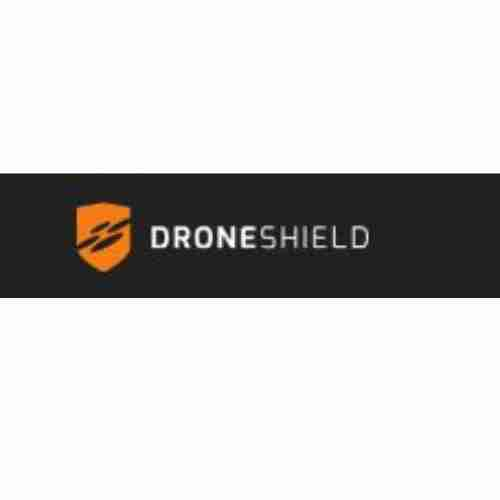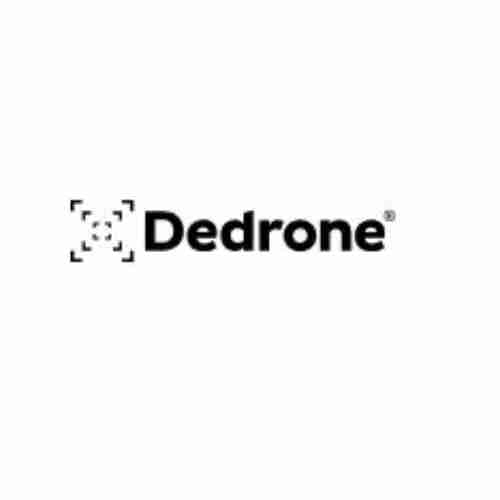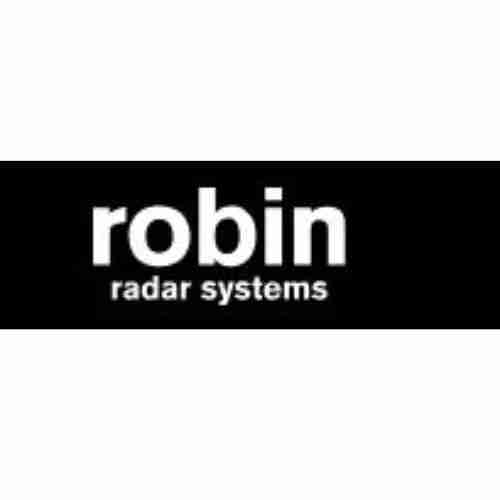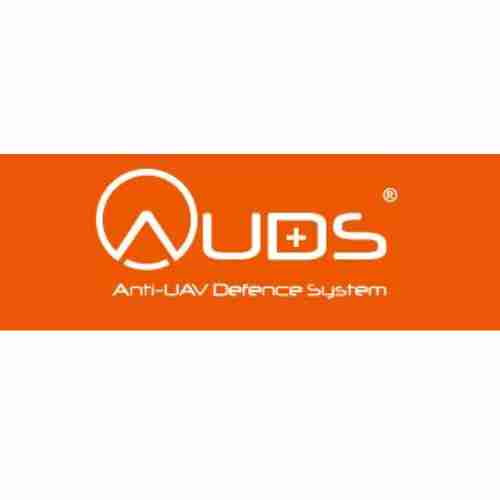Anti Drone System and Counter UAS Detection in South Korea in 2025
South Korea, a nation at the forefront of technological advancement, finds itself facing a unique challenge: the rise of drone threats. From malicious actors to rogue hobbyists, unmanned aerial vehicles (UAVs) pose a significant risk to critical infrastructure, public safety, and even national security. To combat this growing threat, South Korea is actively developing and deploying a robust arsenal of anti-drone technology and counter-UAS (Unmanned Aerial System) detection systems.
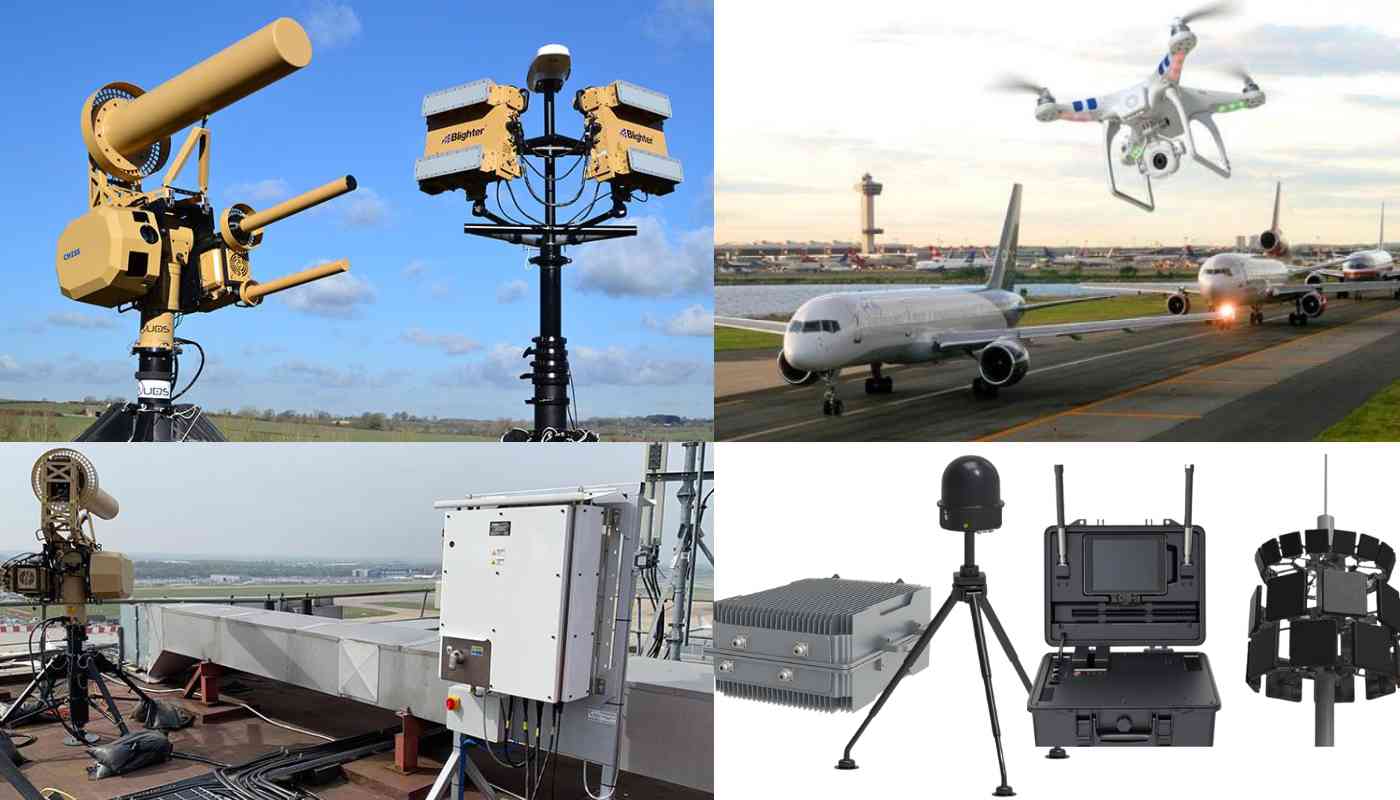
Why Drones Pose a Threat in South Korea
The Korean peninsula’s tense political climate fuels the urgency for robust drone defense systems. North Korea, known for its unconventional warfare tactics, has a history of utilizing drones for reconnaissance and potentially more nefarious purposes. Furthermore, the proliferation of commercially available drones raises concerns about unauthorized surveillance, disruptions at sensitive locations like airports, and even potential collisions with manned aircraft.
South Korea’s Multi-Layered Approach to Counter-Drone Technology
South Korea’s response to the drone threat is multifaceted. Here’s a closer look at some of the key technologies being implemented:
- Drone Detection Systems: South Korean authorities are heavily invested in drone detection systems, employing various technologies to identify and track unauthorized drones in real-time. These systems include:
- Radar Detection: Traditional radar systems are being adapted to detect the unique signatures of drones, offering long-range coverage but potentially susceptible to clutter in urban environments.
- Radio Frequency (RF) Detection: Systems that monitor and analyze radio frequencies used for drone communication can pinpoint a drone’s location and even identify its control channel.
- Electro-Optical/Infrared (EO/IR) Systems: These advanced camera systems utilize visible and infrared light to detect drones, particularly effective during low-light conditions.
- Acoustic Detection: Highly sensitive microphones can pick up the distinctive sounds of drone propellers, offering a cost-effective solution for shorter-range detection.
- Drone Mitigation Systems: Once a drone is detected, South Korea has various options for drone mitigation. These include:
- Drone Jamming: By disrupting the drone’s communication signal with its controller, jammers can force the drone to land, return to its launch point, or even crash (if equipped with appropriate safeguards).
- Drone Takeover Systems: These sophisticated systems attempt to hijack the drone’s control signal, allowing authorities to take control and safely land the drone.
- Drone Interceptors: For situations requiring a more physical approach, drone interceptors – either netted or projectile-based – can be deployed to neutralize the drone threat.
South Korea’s Rise as an Anti-Drone Technology Powerhouse
South Korea isn’t just a consumer of counter-UAS solutions. The nation boasts a thriving domestic industry developing and manufacturing innovative anti-drone technologies. Leading the charge are companies like Hanwha Systems, which secured a significant contract to develop integrated drone defense systems for critical infrastructure in South Korea. This trend signifies South Korea’s ambition to not only secure its airspace but also potentially become a major exporter of anti-UAV solutions in the global market.
South Korea’s Counter-Drone Efforts
Developing and deploying effective counter-drone systems is an ongoing challenge. Here are some key considerations for South Korea:
- Balancing Security and Innovation: While robust drone detection and mitigation are crucial, it’s equally important to ensure these systems don’t inadvertently disrupt legitimate drone use, such as for aerial photography or search and rescue operations. Regulations and protocols need to be established to strike this delicate balance.
- Evolving Drone Technology: The rapid advancement of drone capabilities necessitates continuous adaptation of counter-drone systems. South Korea must invest in research and development to stay ahead of the curve and counter increasingly sophisticated drone threats.
- Integration and Interoperability: A successful counter-drone strategy requires seamless integration of various detection and mitigation systems. South Korea needs to ensure different technologies work together effectively to create a comprehensive airspace security system.
The Future of Drone Detection and Mitigation
South Korea’s proactive approach to counter-UAS detection positions it as a leader in the global fight against drone threats. As technology continues to evolve, South Korea’s commitment to innovation and collaboration with other nations will be paramount in safeguarding its airspace and ensuring the safety and security of its citizens.
FAQs
Why Does South Korea Need Airport Anti-Drone Systems?
Unauthorized drones pose a safety risk to airplanes and disrupt airport operations. South Korea, with its busy airspace, is particularly vulnerable to drone incursions, making robust anti-drone systems crucial for airport security.
What Technologies are Used for Counter-UAS Detection in South Korea?
South Korea utilizes a layered approach with radar, radio frequency detection, and camera systems to spot drones. These systems work together to create a comprehensive air traffic monitoring network around airports.
Is South Korea Developing its Own Anti-Drone Technology?
Absolutely! South Korea has a thriving domestic industry creating innovative anti-drone solutions. This not only strengthens their national security but positions them as a potential exporter of counter-drone technology.




